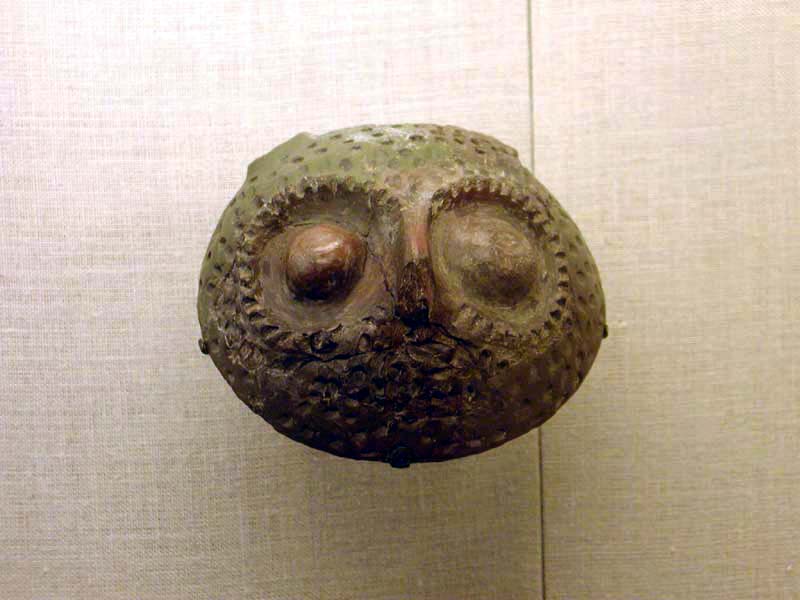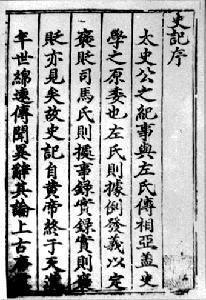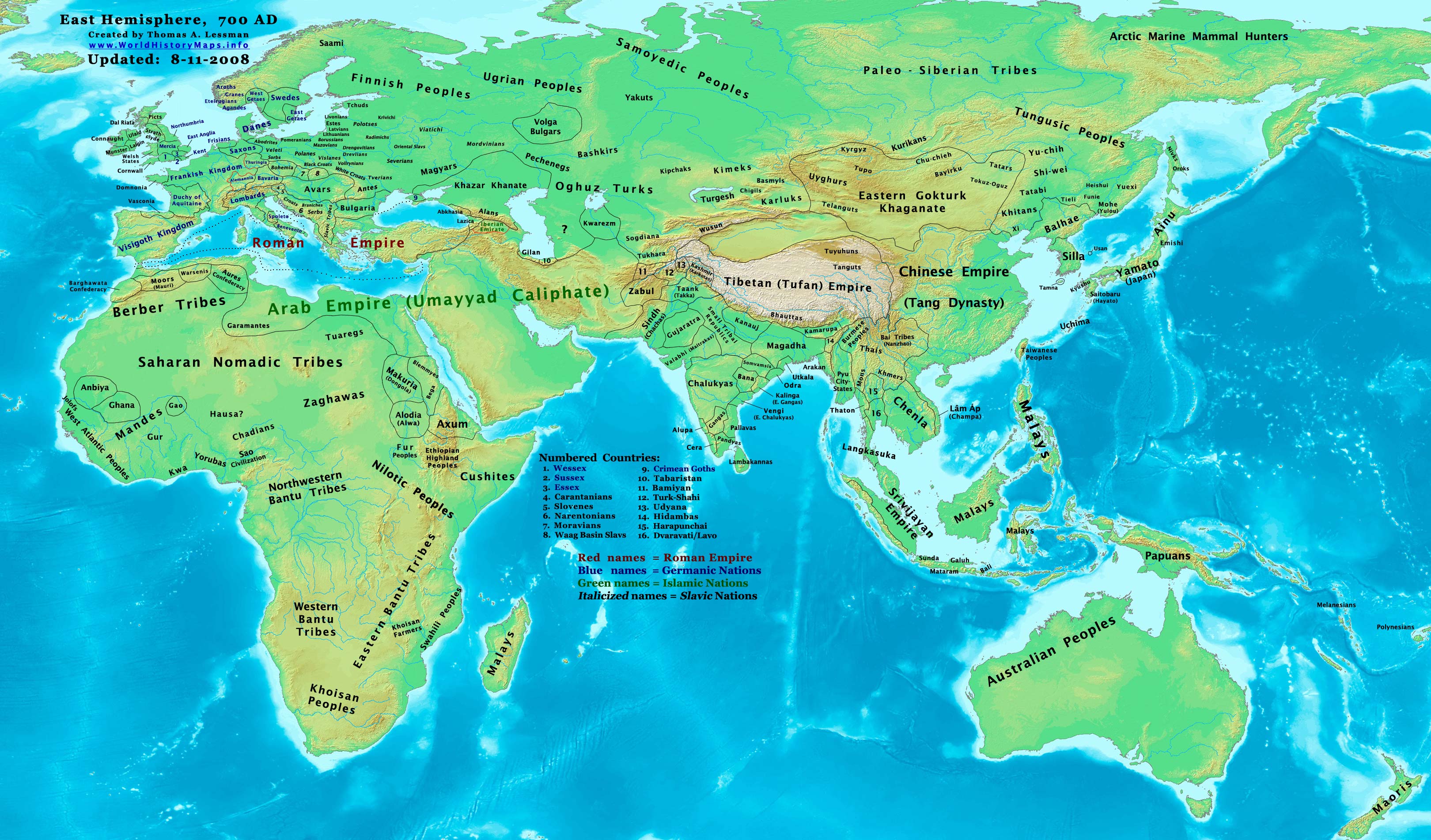|
Sima Zhen
Sima Zhen (; 679–732), courtesy name Zizheng (Tzu-cheng; 子正), was a Tang dynasty Chinese historian born in what is now Jiaozuo, Henan. Sima Zhen was one of the most important commentators on the ''Shiji ''Records of the Grand Historian'', also known by its Chinese name ''Shiji'', is a monumental history of China that is the first of China's 24 dynastic histories. The ''Records'' was written in the early 1st century by the ancient Chinese his ...''. His commentary is known as the ''Shiji Suoyin'' (), which means "Seeking the Obscure in the ''Records of the Grand Historian''". References Further reading * Schwaab-Hanke, Dorothee, ''Why did Sima Zhen want to correct the Shiji's account of High Antiquity?'' Paper submitted to the IJSCS Conference 'Thought, Body, Culture. New Approaches to Chinese Historical Studies', to be held at the National Ts'ing-hua University, Hsinchu, Taiwan, Nov. 12-14, 2004. Clicherefor her ''preliminary draft''. External links— China ... [...More Info...] [...Related Items...] OR: [Wikipedia] [Google] [Baidu] |
Sima (Chinese Surname)
Sima (, ) is a Chinese family name. It is one of the rare two-character Chinese family names; most Chinese family names consist of only a single character. It is an occupational surname, literally meaning "control" (sī) "horses" (mǎ); in a similar way as the English surname Marshall is derived from the Frankish: "mare" (horse) + "skalkoz" (master). The family name originated from one of the offices of the Three Excellencies of the Zhou dynasty. The name has also been anglicised as "Szema". History The Sima clan were said to be the descendants of the mythological figures Gaoyang and Chongli (Gaoyang's son). They served as ''xiaguan'' (夏官; "officers of summer") in the reigns of the mythical emperors Yao and Shun and through the Xia and Shang dynasties. During the Zhou dynasty, officials holding the appointment of ''xiaguan'' oversaw military affairs and were collectively known as "''xiaguan sima''". Cheng Boxiufu (程柏休父), a descendant of Chongli, helped King X ... [...More Info...] [...Related Items...] OR: [Wikipedia] [Google] [Baidu] |
Courtesy Name
A courtesy name (), also known as a style name, is a name bestowed upon one at adulthood in addition to one's given name. This practice is a tradition in the East Asian cultural sphere, including China China, officially the People's Republic of China (PRC), is a country in East Asia. It is the world's List of countries and dependencies by population, most populous country, with a Population of China, population exceeding 1.4 billion, slig ..., Japan, Korea, and Vietnam.Ulrich TheobaldNames of Persons and Titles of Rulers/ref> A courtesy name is not to be confused with an art name, another frequently mentioned term for an alternative name in East Asia, which is closer to the concept of a pen name or a pseudonym. Usage A courtesy name is a name traditionally given to Chinese men at the age of 20 East Asian age reckoning, ''sui'', marking their coming of age. It was sometimes given to women, usually upon marriage. The practice is no longer common in modern Chinese socie ... [...More Info...] [...Related Items...] OR: [Wikipedia] [Google] [Baidu] |
Tang Dynasty
The Tang dynasty (, ; zh, t= ), or Tang Empire, was an imperial dynasty of China that ruled from 618 to 907 AD, with an interregnum between 690 and 705. It was preceded by the Sui dynasty and followed by the Five Dynasties and Ten Kingdoms period. Historians generally regard the Tang as a high point in Chinese civilization, and a golden age of cosmopolitan culture. Tang territory, acquired through the military campaigns of its early rulers, rivaled that of the Han dynasty. The Lǐ family () founded the dynasty, seizing power during the decline and collapse of the Sui Empire and inaugurating a period of progress and stability in the first half of the dynasty's rule. The dynasty was formally interrupted during 690–705 when Empress Wu Zetian seized the throne, proclaiming the Wu Zhou dynasty and becoming the only legitimate Chinese empress regnant. The devastating An Lushan Rebellion (755–763) shook the nation and led to the decline of central authority in the dynas ... [...More Info...] [...Related Items...] OR: [Wikipedia] [Google] [Baidu] |
Jiaozuo
Jiaozuo ( ; postal: Tsiaotso) is a prefecture-level city in the northwest of Henan province, China. Sitting on the northern bank of the Yellow River, it borders the provincial capital of Zhengzhou to the south, Xinxiang to the east, Jiyuan to the west, Luoyang to the southwest, and the province of Shanxi to the north. Jiaozuo is one of the core cities of the Central Plains urban agglomeration and a regional central city along the Shanxi–Henan border area. Its population was 3,590,700 as of the 2018 estimate whom 1,424,500 lived in the built-up area made of 4 urban districts ( Jiefang, Shanyang, Zhongzhan and Macun) and Bo'ai County largely being urbanized. Administration The prefecture-level city of Jiaozuo administers 4 districts, 2 county-level cities and 4 counties. * Jiefang District () * Shanyang District () *Zhongzhan District () *Macun District () * Qinyang City () *Mengzhou City () * Xiuwu County () * Wuzhi County () * Wen County () * Bo'ai County () History ... [...More Info...] [...Related Items...] OR: [Wikipedia] [Google] [Baidu] |
Henan
Henan (; or ; ; alternatively Honan) is a landlocked province of China, in the central part of the country. Henan is often referred to as Zhongyuan or Zhongzhou (), which literally means "central plain" or "midland", although the name is also applied to the entirety of China proper. Henan is a birthplace of Han Chinese civilization, with over 3,200 years of recorded history and remained China's cultural, economic and political center until approximately 1,000 years ago. Henan Province is home to many heritage sites, including the ruins of Shang dynasty capital city Yin and the Shaolin Temple. Four of the Eight Great Ancient Capitals of China, Luoyang, Anyang, Kaifeng and Zhengzhou, are in Henan. The practice of tai chi also began here in Chen Jia Gou Village (Chen style), as did the later Yang and Wu styles. Although the name of the province () means "south of the ellowriver.", approximately a quarter of the province lies north of the Yellow River, also known as th ... [...More Info...] [...Related Items...] OR: [Wikipedia] [Google] [Baidu] |
Shiji
''Records of the Grand Historian'', also known by its Chinese name ''Shiji'', is a monumental history of China that is the first of China's 24 dynastic histories. The ''Records'' was written in the early 1st century by the ancient Chinese historian Sima Qian, whose father Sima Tan had begun it several decades earlier. The work covers a 2,500-year period from the age of the legendary Yellow Emperor to the reign of Emperor Wu of Han in the author's own time, and describes the world as it was known to the Chinese of the Western Han dynasty. The ''Records'' has been called a "foundational text in Chinese civilization". After Confucius and the First Emperor of Qin, "Sima Qian was one of the creators of Imperial China, not least because by providing definitive biographies, he virtually created the two earlier figures." The ''Records'' set the model for all subsequent dynastic histories of China. In contrast to Western historical works, the ''Records'' do not treat history as "a ... [...More Info...] [...Related Items...] OR: [Wikipedia] [Google] [Baidu] |
679 Births
__NOTOC__ Year 679 ( DCLXXIX) was a common year starting on Saturday (link will display the full calendar) of the Julian calendar. The denomination 679 for this year has been used since the early medieval period, when the Anno Domini calendar era became the prevalent method in Europe for naming years. Events By place Byzantine Empire * Emperor Constantine IV signs a peace treaty, of a nominal 30-year duration, with Caliph Muawiyah I of the Umayyad Caliphate. Constantine pays an annual tribute of 3,000 ('' nomismata'') pounds of gold, 50 horses and 50 slaves. The Arab garrisons are withdrawn from their bases on the Byzantine coastlands, including Crete & Cyzicus. Europe * December 23 – King Dagobert II is murdered in a hunting accident, near Stenay-sur-Meuse (Ardennes), probably on orders from Pepin of Herstal, the mayor of the palace of Austrasia.E. Vagandard (1902), "Revue des Questions Historiques", pp. 63–67 He is succeeded by Theuderic II ... [...More Info...] [...Related Items...] OR: [Wikipedia] [Google] [Baidu] |
732 Deaths
*
{{Numberdis ...
73 may refer to: * 73 (number) * one of the years 73 BC, AD 73, 1973, 2073 * ''73'' (magazine), a United States-based amateur radio magazine * 73 Best regards, a popular Morse code abbreviation * ''No. 73'', a British 1980s children's TV show *Nickname for the Boeing 737 airplane *73 Bristol–Cribbs Causeway, a bus route in England See also * List of highways numbered A ''list'' is any set of items in a row. List or lists may also refer to: People * List (surname) Organizations * List College, an undergraduate division of the Jewish Theological Seminary of America * SC Germania List, German rugby unio ... [...More Info...] [...Related Items...] OR: [Wikipedia] [Google] [Baidu] |
Tang Dynasty Historians
Tang or TANG most often refers to: * Tang dynasty * Tang (drink mix) Tang or TANG may also refer to: Chinese states and dynasties * Jin (Chinese state) (11th century – 376 BC), a state during the Spring and Autumn period, called Tang (唐) before 8th century BC * Tang dynasty (唐; 618–907), a major Chinese dynasty * Later Tang (唐; 923–937), a state during the Five Dynasties and Ten Kingdoms period * Southern Tang (唐; 937–975), a state during the Five Dynasties and Ten Kingdoms period Food * Tang (drink mix), a brand name of instant fruit flavored drinks, produced by Mondelēz International * Guk, soup or stew in Korean cuisine, sometimes known as "tang" Places Europe * Tang, County Westmeath, a village in Ireland * Tang, North Yorkshire, a settlement in England Asia * Tang, Ardabil, a village in Ardabil Province, Iran * Tang, Badakhshan, a village in Afghanistan * Tang, a village in Bumthang District, Bhutan * Tang (唐镇), a town in Pudong, Shanghai, China ... [...More Info...] [...Related Items...] OR: [Wikipedia] [Google] [Baidu] |
8th-century Chinese Historians
The 8th century is the period from 701 ( DCCI) through 800 ( DCCC) in accordance with the Julian Calendar. The coast of North Africa and the Iberian Peninsula quickly came under Islamic Arab domination. The westward expansion of the Umayyad Empire was famously halted at the siege of Constantinople by the Byzantine Empire and the Battle of Tours by the Franks. The tide of Arab conquest came to an end in the middle of the 8th century.Roberts, J., ''History of the World'', Penguin, 1994. In Europe, late in the century, the Vikings, seafaring peoples from Scandinavia, begin raiding the coasts of Europe and the Mediterranean, and go on to found several important kingdoms. In Asia, the Pala Empire is founded in Bengal. The Tang dynasty reaches its pinnacle under Chinese Emperor Xuanzong. The Nara period begins in Japan. Events * Estimated century in which the poem Beowulf is composed. * Classical Maya civilization begins to decline. * The Kombumerri burial grounds are founded. ... [...More Info...] [...Related Items...] OR: [Wikipedia] [Google] [Baidu] |
Writers From Jiaozuo
A writer is a person who uses written words in different writing styles and techniques to communicate ideas. Writers produce different forms of literary art and creative writing such as novels, short stories, books, poetry, travelogues, plays, screenplays, teleplays, songs, and essays as well as other reports and news articles that may be of interest to the general public. Writers' texts are published across a wide range of media. Skilled writers who are able to use language to express ideas well, often contribute significantly to the cultural content of a society. The term "writer" is also used elsewhere in the arts and music, such as songwriter or a screenwriter, but also a stand-alone "writer" typically refers to the creation of written language. Some writers work from an oral tradition. Writers can produce material across a number of genres, fictional or non-fictional. Other writers use multiple media such as graphics or illustration to enhance the communication of thei ... [...More Info...] [...Related Items...] OR: [Wikipedia] [Google] [Baidu] |





